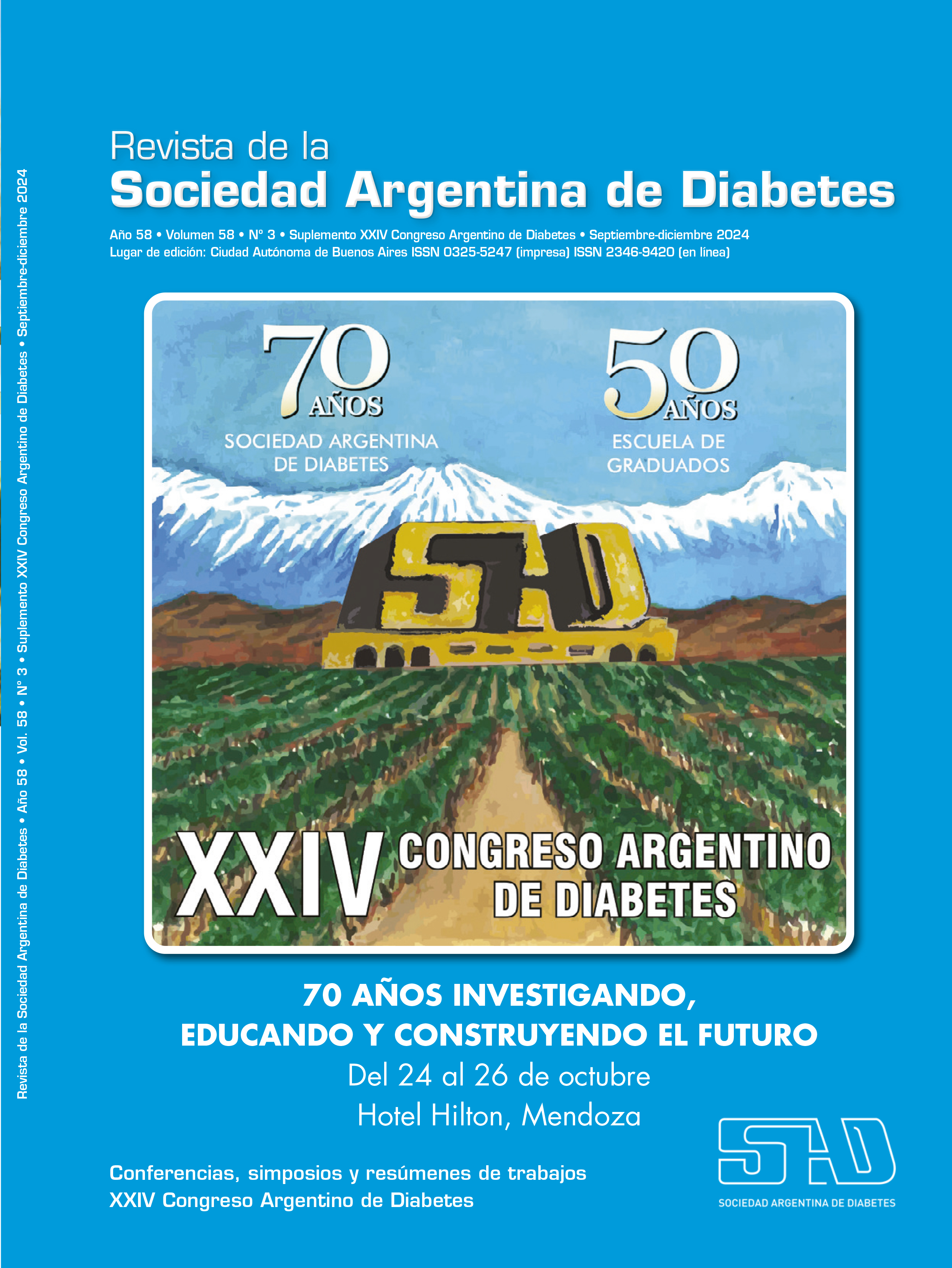Scenario design and facilitation
Keywords:
clinical simulation, clinical scenariosAbstract
There is growing evidence that clinical simulation promotes the integration of knowledge and skills, increases the degree of retention of what has been learned, can be transferred to the clinical environment, and improves professional performance. In this framework, the design of clinical scenarios is presented as a fundamental element for the use of simulation to facilitate professional development and improve the quality of care effectively.
Planning is essential in the design of simulation activities. The first step is to identify a need, that is, define what training is required. From an academic point of view, it allows promoting the preparation for clinical practice of the items contained in a curriculum; at the level of a health institution, it makes it possible to implement a new care protocol, improve the interdisciplinary work of an emergency team, etc. In planning, we first take into account the analysis of the needs, the expertise of the participants and the difficulty of the task we choose to train. The next step is to establish the objectives, this is always prior to the design. The general objectives are the goal of the program, they usually coincide with the title and are achieved by completing the specific objectives. Specific objectives can be technical and non-technical, such as human factors training. In the design of the activity we describe the platform to be used, whether immersive or “in situ”, what simulator we have, elements and inputs required. We define the number of teachers, technicians, students and the stipulated time. We establish whether the evaluation is formative or summative. We write and develop a backstory, with a starting point, a structured sequence of clinical progression and an end point, we develop a script for the simulator and another for the confederate. The design of the simulation activity includes a previous phase, in which participants obtain information and reading material about the subject of the course and about the simulation in general, which will influence their expectations. The “brief” or introduction to the environment is also designed, which will be developed with the arrival of the participants and will allow the creation of a positive welcoming atmosphere. Finally, a debriefing is planned, which is a reflective, structured and objective-based conversation aimed at learning, maintaining or improving professional practice. This reflection is based on the critical and analytical review of what happened during the scenario, in which the participants analyze the actions that occurred, their emotions and what were the mental processes that guided their decision-making.
References
I. International Nursing Association of Clinical Simulation and Learning (INACSL). 2021. Healthcare Simulation Standards of Best Practice TM.
II. Díaz-Guío DA, et al. Educación basada en simulación: debriefing, sus fundamentos, bondades y dificultades. Simulación Clínica 2019;1(2):95-103
III. Maestre JM, et al. Diseño y desarrollo de escenarios de simulación clínica: análisis de cursos para el entrenamiento de anestesiólogos. FEM 2013;16(1):49-57
IV. Raurell-Torredà M, et al. La evaluación de competencias en profesionales de la salud mediante la metodología de la simulación. Ediciones Otaedro 2018; Cuaderno 38.
Downloads
Published
Issue
Section
License
Copyright (c) 2024 on behalf of the authors. Reproduction rights: Argentine Society of Diabetes

This work is licensed under a Creative Commons Attribution-NonCommercial-NoDerivatives 4.0 International License.
Dirección Nacional de Derecho de Autor, Exp. N° 5.333.129. Instituto Nacional de la Propiedad Industrial, Marca «Revista de la Sociedad Argentina de Diabetes - Asociación Civil» N° de concesión 2.605.405 y N° de disposición 1.404/13.
La Revista de la SAD está licenciada bajo Licencia Creative Commons Atribución – No Comercial – Sin Obra Derivada 4.0 Internacional.
Por otra parte, la Revista SAD permite que los autores mantengan los derechos de autor sin restricciones.




























